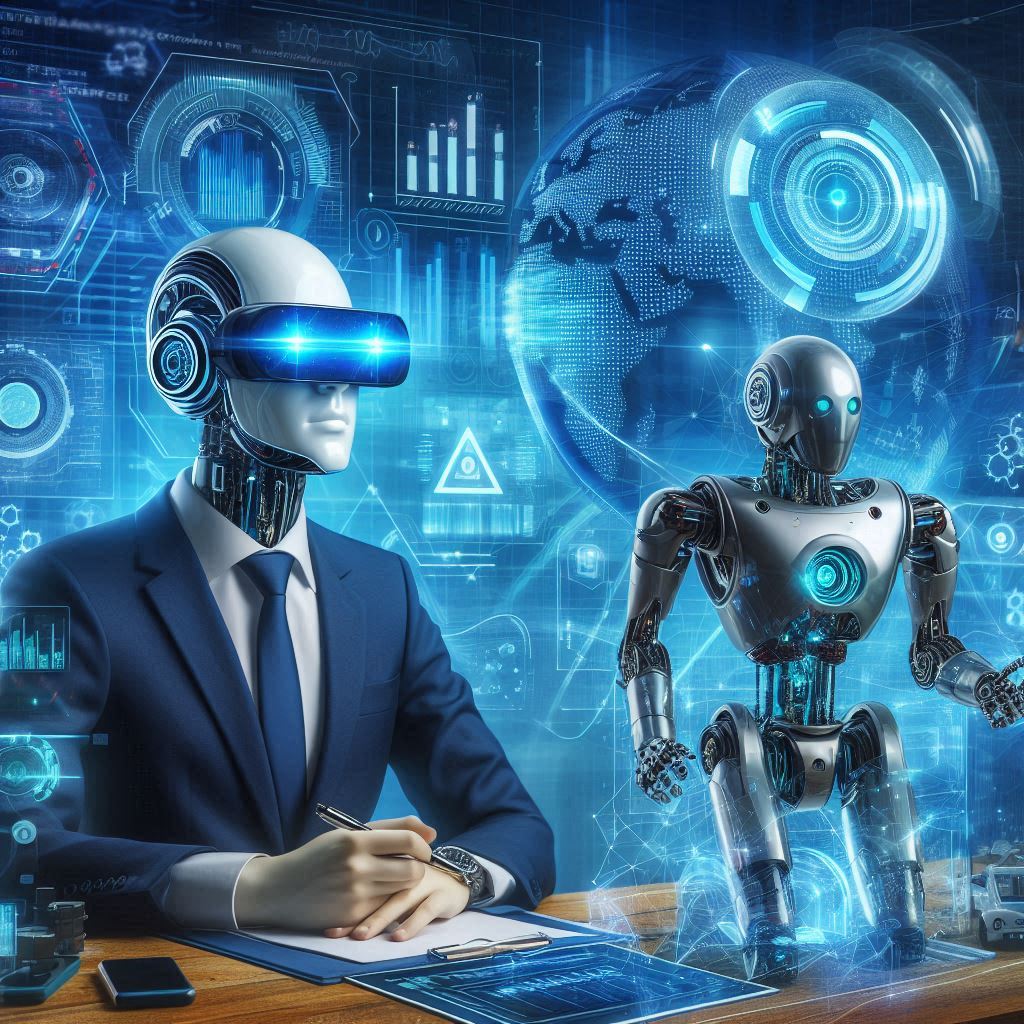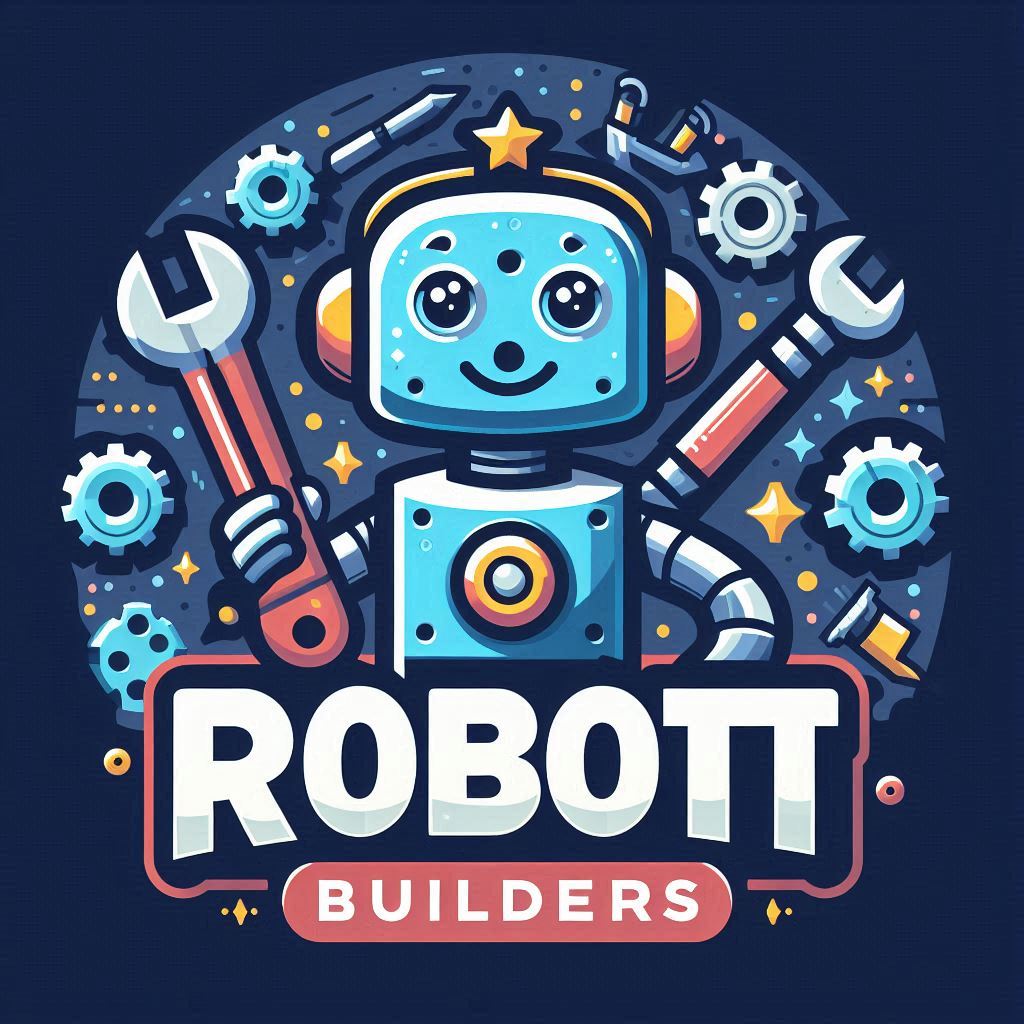In today’s rapidly evolving technological landscape, autonomous robots are at the forefront of innovation. These intelligent machines, capable of performing tasks without human intervention, are revolutionizing various industries. In this article, we’ll explore the latest innovations and applications of autonomous robots and their potential impact on our future.

Innovations in Autonomous Robotics
- Artificial Intelligence and Machine Learning: The integration of AI and machine learning has significantly enhanced the capabilities of autonomous robots. These technologies enable robots to learn from their environment, adapt to new situations, and make decisions independently.
- Advanced Sensors and Imaging: Cutting-edge sensors and imaging technologies, such as LiDAR, cameras, and ultrasonic sensors, allow robots to perceive their surroundings with high precision. This enables them to navigate complex environments and perform intricate tasks.
- Collaborative Robots (Cobots): Cobots are designed to work alongside humans, enhancing productivity and safety. These robots are equipped with advanced safety features, such as force sensing and collision detection, to ensure seamless human-robot collaboration.
- Swarm Robotics: Inspired by nature, swarm robotics involves the coordination of multiple robots to achieve a common goal. These robots work together, communicating and collaborating to complete tasks more efficiently than individual robots.
Applications of Autonomous Robots
- Manufacturing and Industry: Autonomous robots are revolutionizing manufacturing processes by automating repetitive tasks, improving precision, and reducing operational costs. They are used for assembly, welding, painting, and quality control.
- Healthcare: In healthcare, robots are assisting in surgeries, patient care, and rehabilitation. Autonomous surgical robots provide high precision, reducing the risk of human error and improving patient outcomes.
- Agriculture: Autonomous robots are transforming agriculture by performing tasks such as planting, harvesting, and monitoring crop health. These robots increase efficiency, reduce labor costs, and minimize environmental impact.
- Logistics and Warehousing: In logistics, autonomous robots are streamlining operations by automating tasks such as picking, packing, and transportation. They enhance inventory management, reduce errors, and improve overall efficiency.
- Transportation: Self-driving vehicles are one of the most well-known applications of autonomous robots. These vehicles have the potential to reduce traffic accidents, improve transportation efficiency, and provide mobility solutions for people with disabilities.
The Future of Autonomous Robots
The future of autonomous robots is incredibly promising. As technology continues to advance, we can expect to see even more sophisticated and capable robots. Here are some potential future developments:
- Enhanced Human-Robot Interaction: Future robots will have improved communication and social interaction capabilities, making them more intuitive and easier to work with.
- Autonomous Robotics in Space Exploration: Autonomous robots will play a crucial role in space exploration, performing tasks such as rover missions, habitat construction, and resource extraction on other planets.
- AI-Driven Innovation: The continued development of AI will drive innovation in autonomous robotics, enabling robots to perform more complex and diverse tasks.
- Ethical and Social Implications: As autonomous robots become more prevalent, addressing ethical and social implications will be essential. Ensuring that robots are used responsibly and ethically will be a key focus.
In conclusion, the future of autonomous robots is bright, with endless possibilities for innovation and application. As these technologies continue to evolve, they will undoubtedly transform various industries and improve our daily lives.
Keywords: Autonomous Robots, AI, Machine Learning, Cobots, Swarm Robotics, Manufacturing, Healthcare, Agriculture, Logistics, Transportation, Future of Robotics
I hope you find this article helpful and engaging! If you have any further questions or need more information, feel free to ask.
